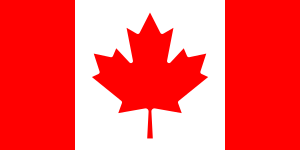Fort Beausejour was built in 1751 by the French. Four years later the British and New England Troops captured and renamed it Fort Cumberland. Some of the descendants of early French settlers, Acadians, were forced to fight against the British. After the battles, the Acadians were rounded up and deported by the British.This was before the deportations from Grand Pre’ and Pisiquid. Some of these deported ended up down the coast to the south. Others as far as what is now Louisiana.
The fort is basically a series of high mounds with limited access to protect the buildings inside the compound
Here you see Lou and our Canadian host friend Bob atop one of the embankments that surround the enclosure. Bob is pointing out what is visible from this advantage while Lou is photographing the scene.
This is what you can see. Hostess Raylene and Tom looking up at the climbers while resting on a well foundation.
With the fort on a high hill over looking the surrounding land and the navigable waterway in the background, an army could control commerce into the area. All that was required was some heavy artillery. There were four types of “cannon” installed to thwart an enemy. Raylene and Tom are again resting. This time on a couple of the cannons.
There are stone walls like one would expect to find in a 260 year old fort.
There is a stone memorial to an early religious leader and of course the Canadian tricolored flag with maple leaf flies proudly over the grounds.

Canadian flag is twice as wide as high with the red stripes each being half as wide as the white stripe.















